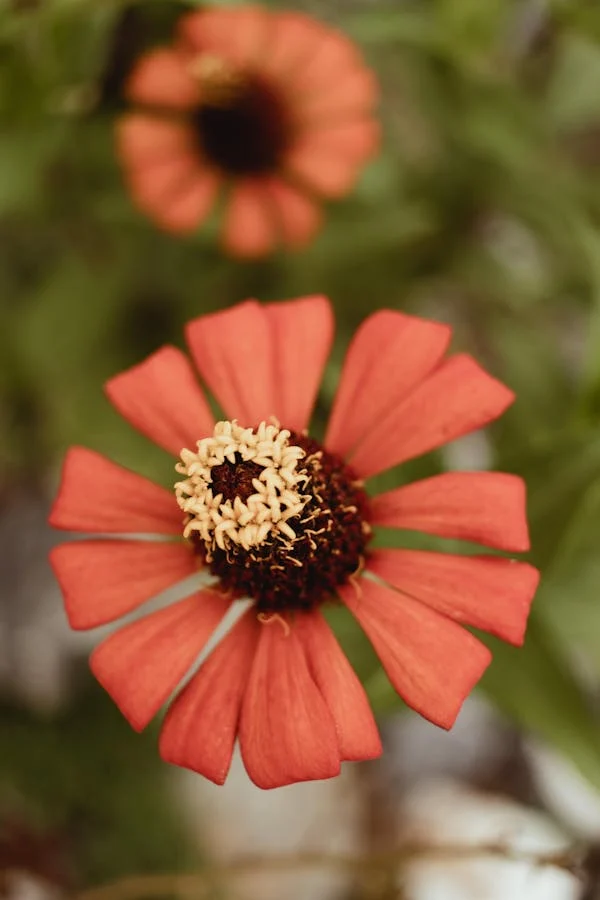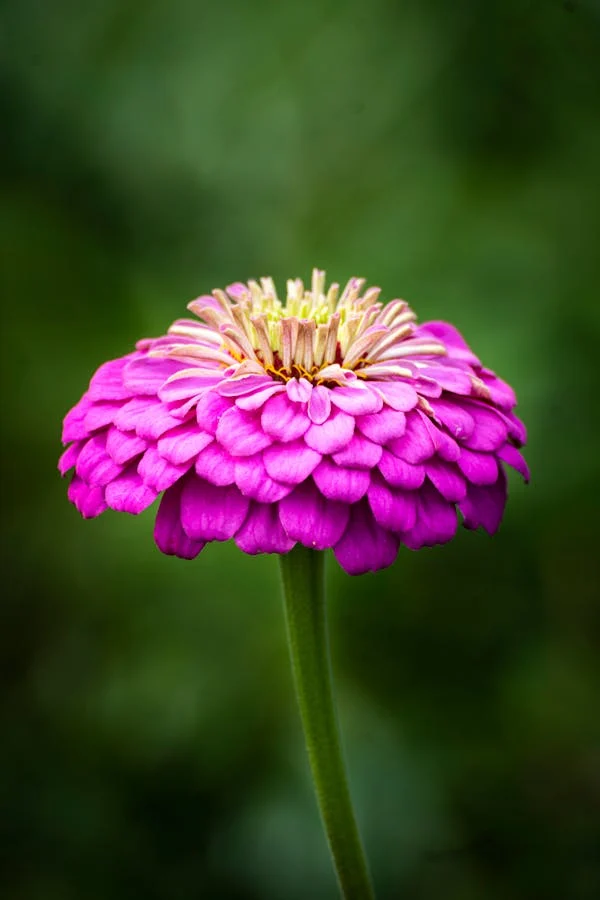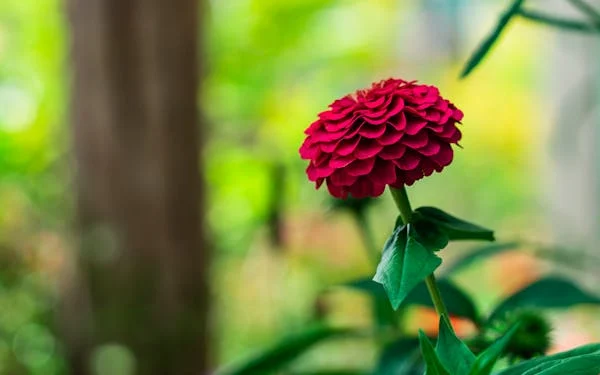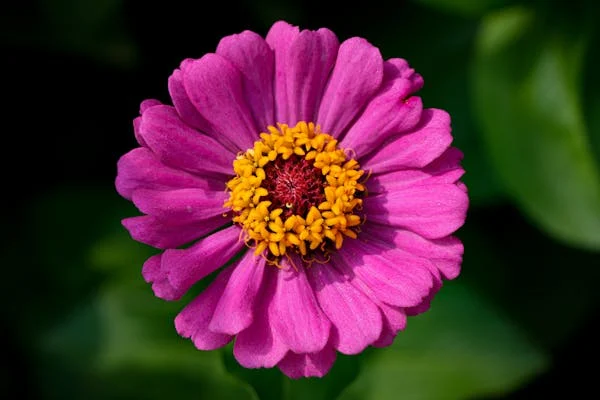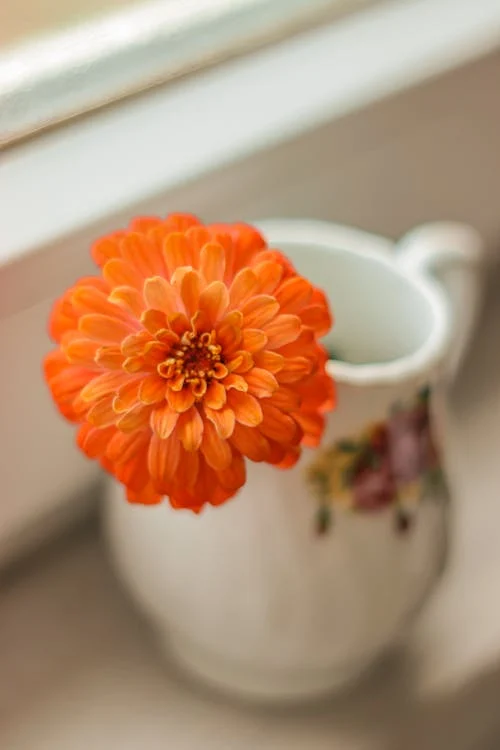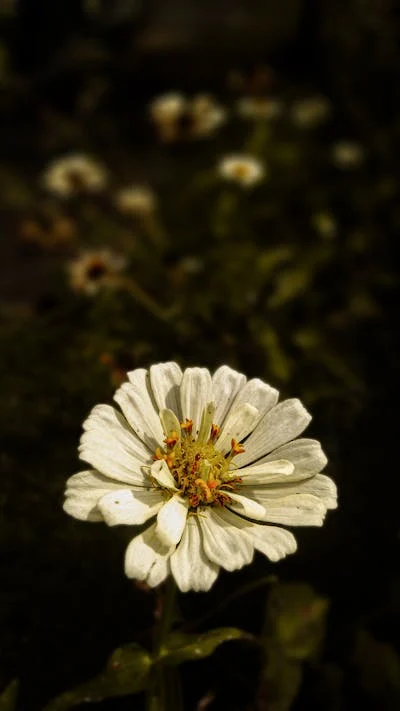The flower of the week is… Zinnias!
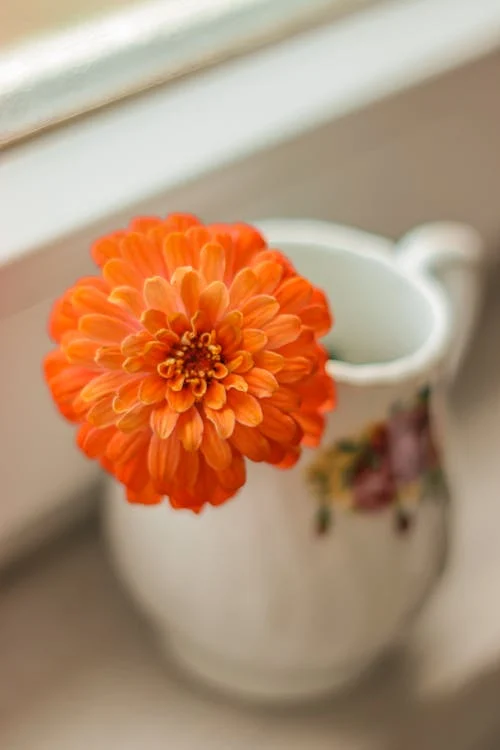
History of the Zinnia flower
Zinnias, with their vibrant colors and prolific blooms, have a rich history dating back centuries. Native to the Americas, specifically Mexico and the southwestern United States, zinnias were first discovered by Spanish explorers in the 18th century. Named after the German botanist Johann Gottfried Zinn, who first described the genus, zinnias were initially prized for their wild beauty and adaptability to various climates. Their popularity quickly spread across Europe, where they became cherished additions to gardens and floral arrangements.
Throughout history, zinnias have represented different meanings and symbolism across cultures. In the language of flowers, zinnias are often associated with concepts such as endurance, friendship, and remembrance. Their ability to thrive in challenging conditions has led them to symbolize resilience and steadfastness, making them popular choices for bouquets and gardens alike. In Victorian England, where floriography (the language of flowers) was highly regarded, zinnias were often exchanged as tokens of affection or used to convey heartfelt messages.
During the Victorian era, zinnias experienced a surge in popularity as ornamental plants, with breeders developing new varieties with larger blooms and vibrant colors. These developments further solidified zinnias as beloved garden favorites and symbols of beauty and abundance. In addition to their ornamental value, zinnias also played a practical role in agriculture, as their nectar-rich flowers attracted pollinators such as bees and butterflies, contributing to ecosystem health and crop pollination. Today, zinnias continue to captivate gardeners and flower enthusiasts around the world, serving as timeless symbols of resilience, friendship, and natural beauty.
Variations of the Zinnia flower
